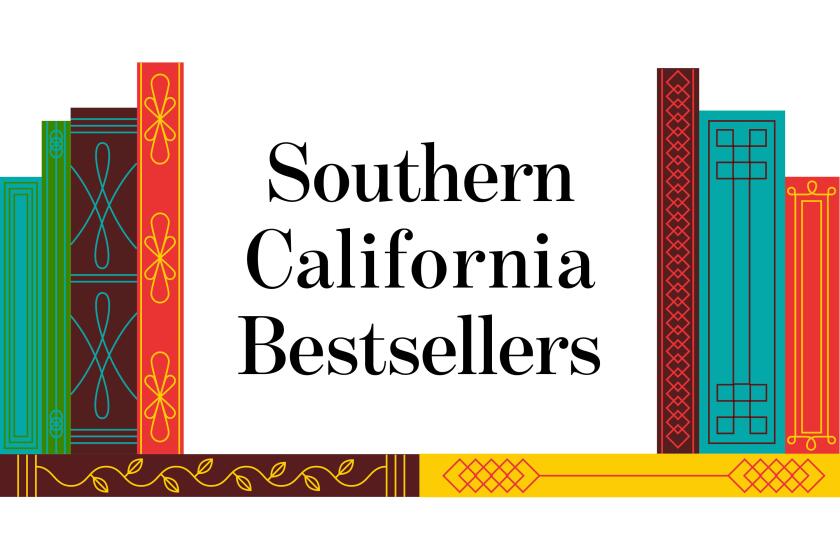Book Review : Novelist Gambles With Cosmos in a Girl’s Head
- Share via
The Blue Nature by Suzanne Hamilton Free (St. Martin’s: $19.95; 418 pages)
“The Blue Nature” suffers from a flaw that only the very best first novels carry. There’s too much stuff in it; the author’s reach has far exceeded her grasp.
This is really two novels; the author writes every sentence as if it were her very last chance to reach out to the reader, and so on and so forth. These symptoms, these “flaws,” if you will, mean that “The Blue Nature” does not read easily. For all that, it’s wonderfully moving, wonderfully interesting.
Suzanne Free has thrown craft and caution and even plausibility to the winds, taken what must be her own deal of the cosmic cards, and tried to make sense of the whole jumble in novel form. This is a woman yelling out into the void--if I read correctly--”This is how it all seems to me! Does any of this ring a bell with any of the rest of you?”
“The Blue Nature” is about Maddie (and note the obvious symbolism of that name), a young girl in a moderately remarkable family, whose glamorous, melancholy bachelor uncle, Deane, leaves home every few years to go off exploring in the Frozen North. Although his married brother, Willy, sees these expeditions as “slow treks from nowhere to nowhere,” Deane knows them to be his salvation, a place of primary colors and primary emotions. The boys’ mother, Maddie’s grandmother, Bert, has described Deane as having a “blue nature,” or “blue genes,” pleasing family euphemisms for what will show up in Part 2 of this book as severe clinical depression.
You can see, that’s a lot for a first novel to carry: A cast of about 20 characters, including two separate families, all of Maddie’s childhood kinfolk: Her Grandma Bert (and an ordinary grandpa), her glamorous Uncle Deane and stalwart dad (and her ordinary mom), a sister, Katy, born for doom, and some others. Then, in Part 2, Maddie’s husband, quite ordinary Nate, Maddie’s three children, her doctor, and, still, the ghost of Deane, who in some terrible twinkling of an eye long ago, went down, got lost, disappeared in Alaskan wastes--no one knows how. Deane’s notes and artifacts remain, and an Eskimo mask, with holes in its hands, which somehow carries both hope and loss.
Add to this mix about 100 religious questions. Uncle Dean is, if anything, an animist, finding the sacred in the Earth itself. Maddie’s Aunt Essie is a simple fundamentalist, believing in Jesus, and dismissing everyone who doesn’t as a Communist. When Maddie hits 14, her own melancholy nature responds to a Presbyterian service of Tenebrae, that moment of theological darkness on Maundy Thursday when all the lights are snuffed out, and God, for awhile, is seen to be truly dead. (Do Presbyterians even celebrate this ritual? Even in serious Catholicism, you don’t see it very often. But the author needs theological darkness to correspond with emotional darkness, and so Tenebrae becomes a serious symbolic part of this novel.)
In Part 2, an adult Maddie battles terrible attacks of clinical depression. The minister she’s married to is absent most of the time, courting new members of the congregation.
This book is close to life. Credit is given in the last pages to Rodgers Dean Hamilton’s “The Mask With Holes in Its Hands” and to Bertha Lynwood Hamilton’s “To a Very Little Girl.” These are real people, the obvious ancestors of fictional Uncle Deane and Grandma Bert. To make art out of life is always a hassle, and Suzanne Free has arm-wrestled her “reality” to an honorable draw. This book is well worth the money.
More to Read
Sign up for our Book Club newsletter
Get the latest news, events and more from the Los Angeles Times Book Club, and help us get L.A. reading and talking.
You may occasionally receive promotional content from the Los Angeles Times.










